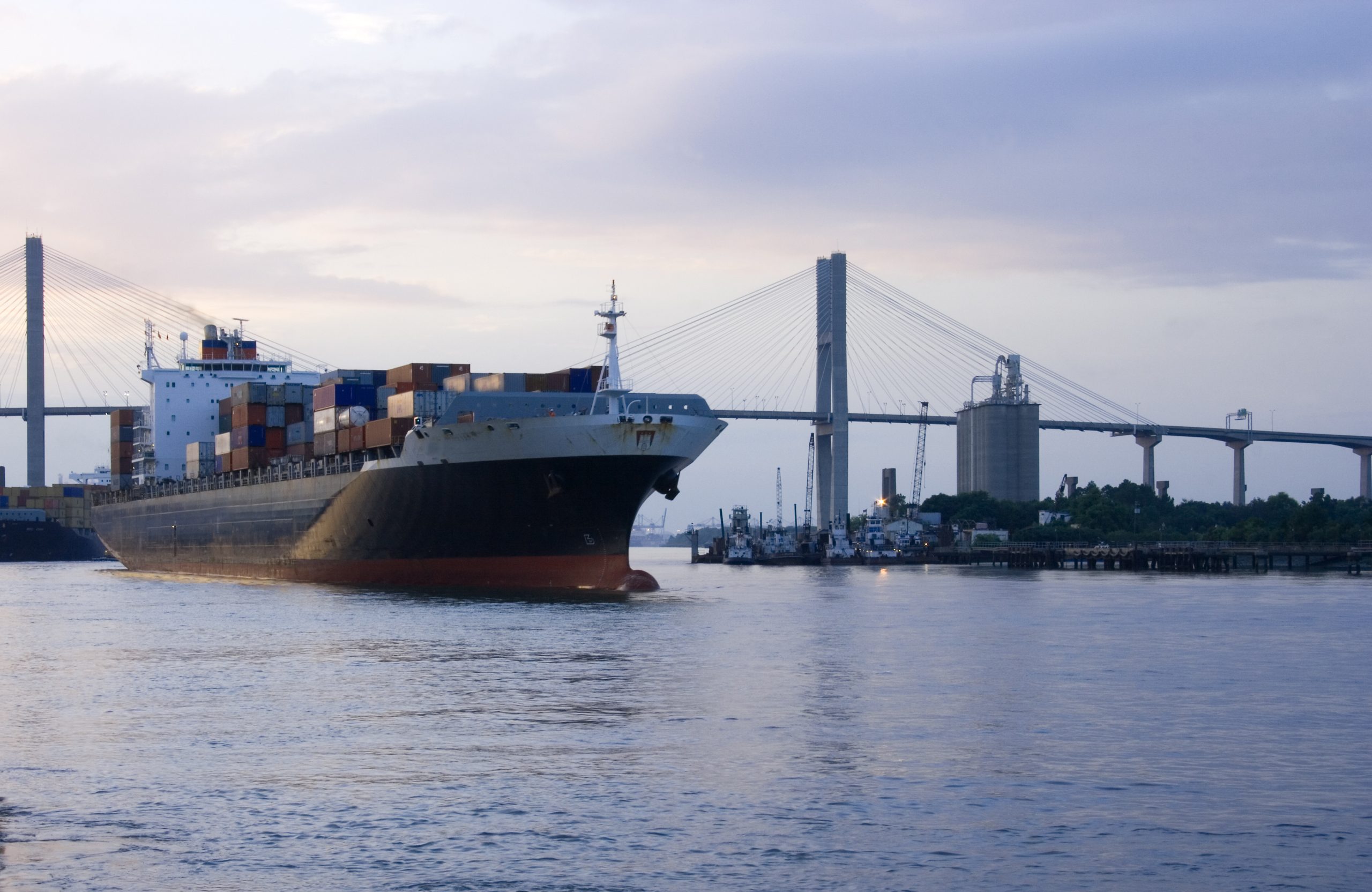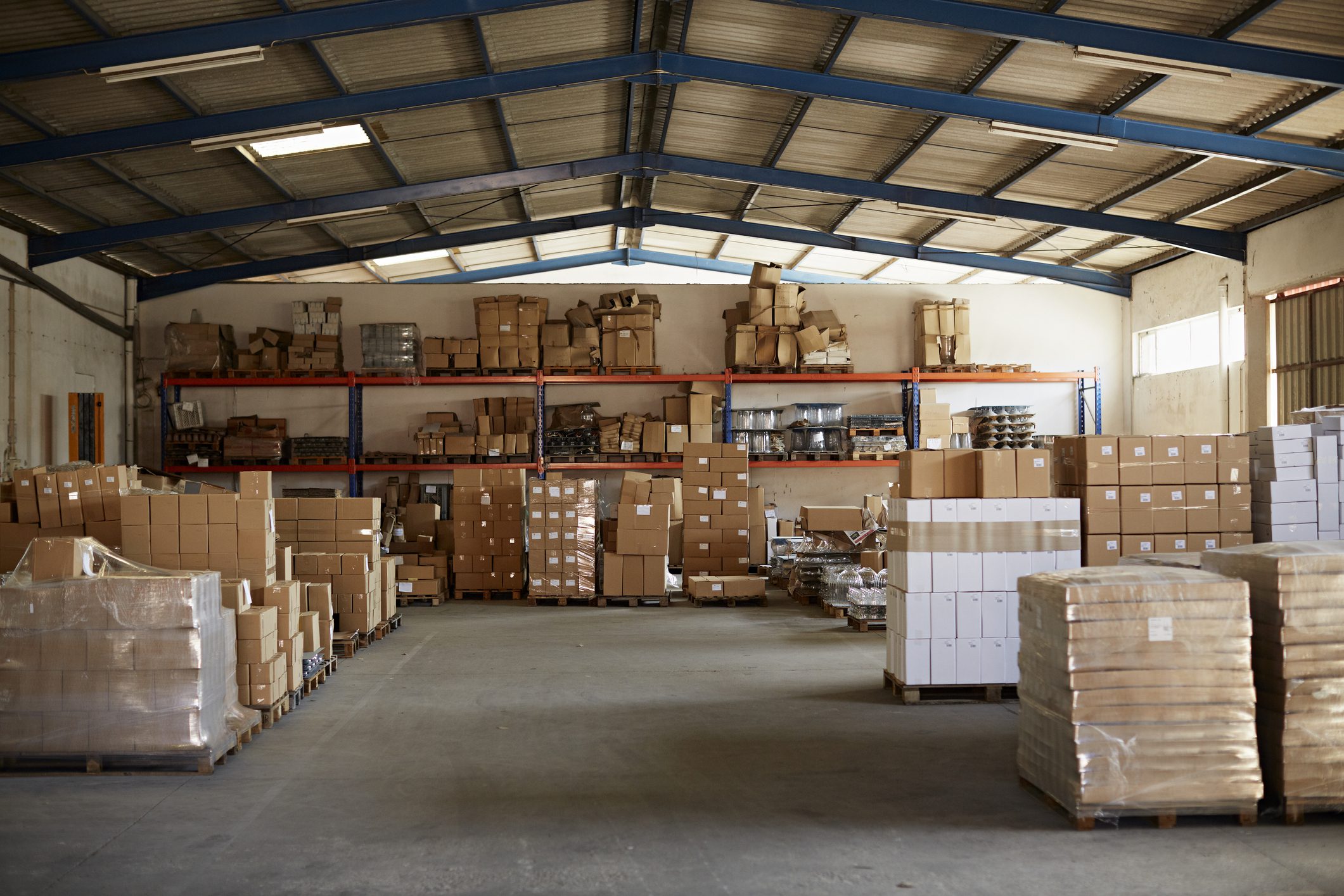14 Jul European Union and New Zealand Sign Trade Agreement
In a significant development for international trade, the European Union (EU) and New Zealand recently finalized a comprehensive free trade agreement. The agreement, signed on Monday, is expected to foster...













